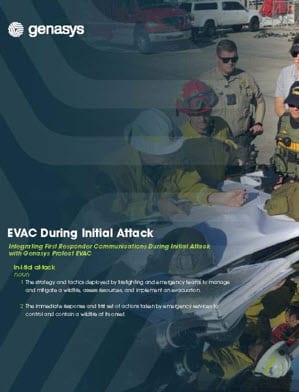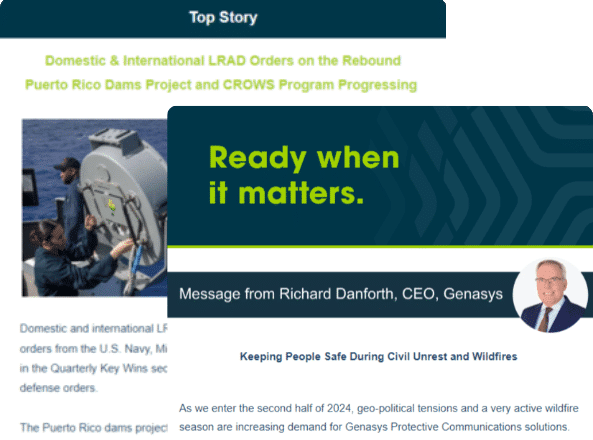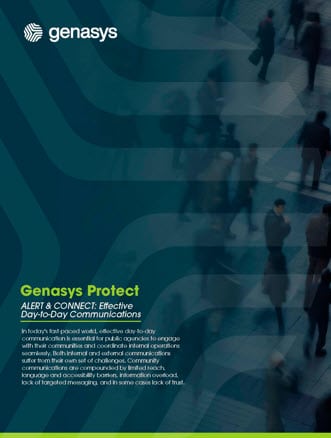Three Components of the Genasys Protect Platform:
Plan
Formulate, Test, and Refine Data-Based Response Plans
- Connect to trusted data sources
- Build comprehensive response plans
- Simulate what-if scenarios to put response plans to the test
Connect to data sources and local authorities
Combine numerous discrete data streams through API-first data integration built on open standards to continuously monitor people, assets, systems and environments.
Build comprehensive response plans
Identify at-risk people, areas, and assets to build response plans with local zones and notification channels.
Model critical events to simulate and test your response plans
Use advanced simulation tools to refine response and evacuation plans before they are pressed into service.





